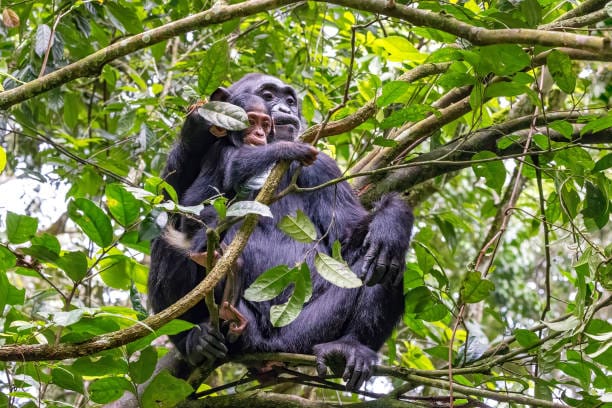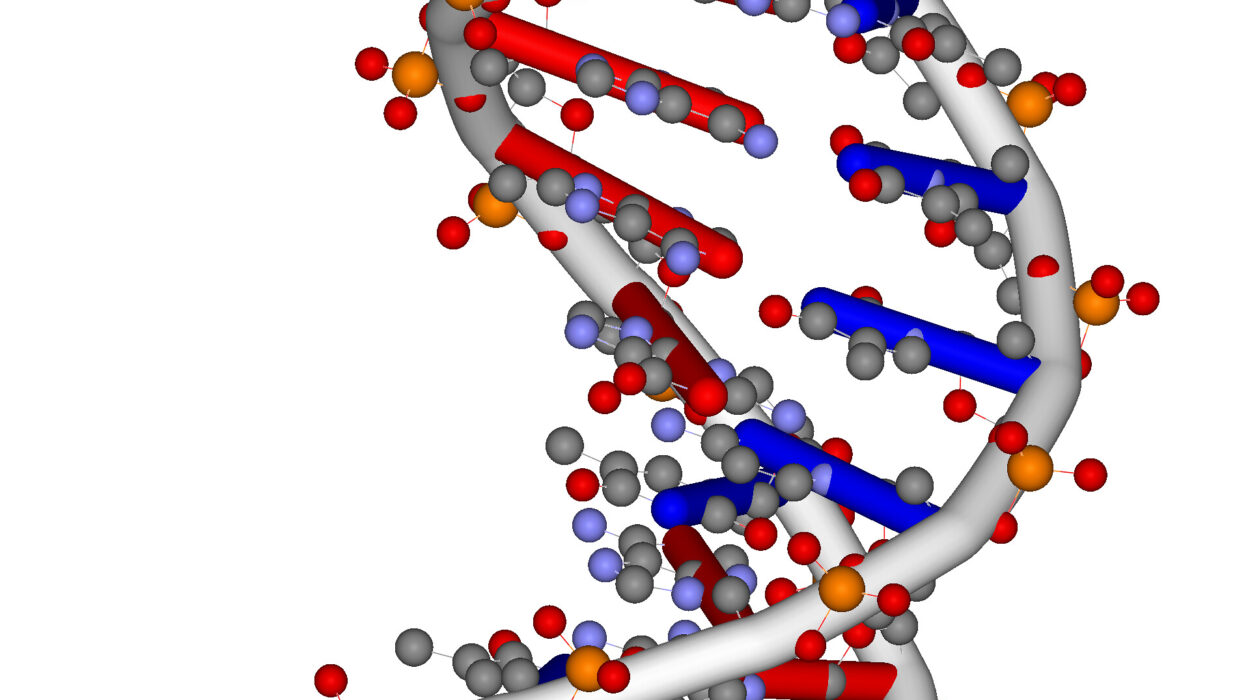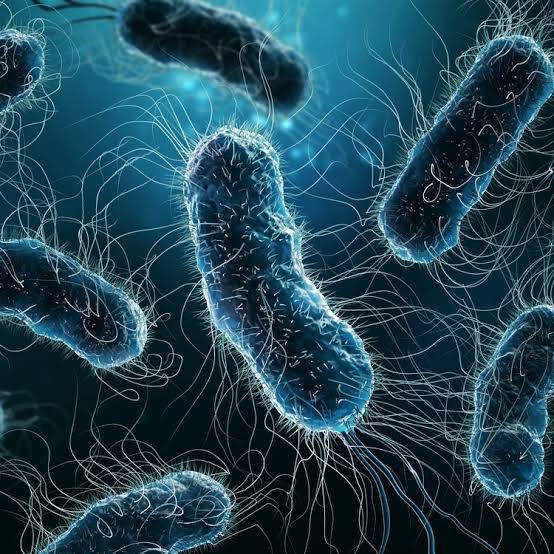In the grand theater of life, every living species plays its part in a choreography shaped by time, climate, light, and evolutionary adaptation. Of all the behaviors that sustain the survival of species, few are as vital—or as fascinating—as the rhythms of reproduction. Animal fertility and breeding seasons are not simply biological events; they are miracles of timing and coordination, orchestrated by internal clocks and external cues, honed over millions of years of evolution. From the roaring call of a bullfrog in springtime to the silent reproductive dance of deep-sea squid, nature’s calendar ensures that life emerges precisely when the odds of survival are greatest.
The science behind these patterns is deeply rooted in physiology, environmental biology, endocrinology, and even quantum light detection. Fertility is not a constant state but a dynamic interplay between the animal’s body and its environment. Breeding seasons are not random—they are strategic, refined adaptations ensuring that new life arrives when food is plentiful, climates are stable, and predators are fewer. The deeper we look into the biological basis of fertility and breeding, the more we uncover nature’s astonishing foresight and precision.
Evolution’s Guiding Hand
The concept of seasonality in breeding traces back to a basic evolutionary principle: reproductive success must outweigh the costs. Producing and nurturing offspring is energetically expensive. If done at the wrong time—when food is scarce, weather is harsh, or resources are stretched—both parent and young are more likely to perish. Evolution has therefore shaped countless species to breed in synchrony with environmental conditions that offer the best chance of survival.
In temperate and polar regions, where the contrast between seasons is stark, many species have evolved narrow breeding windows. Arctic foxes give birth in early spring, timed so that their pups can mature enough to survive the brutal winter. In deserts, some animals reproduce opportunistically, seizing the rare window after rain when food blooms suddenly in the otherwise barren land. Tropical animals, by contrast, may breed year-round or in response to more subtle environmental triggers, like fruit availability or rainfall.
Natural selection favors individuals whose reproductive timing aligns with environmental abundance. Over countless generations, internal biological mechanisms have become fine-tuned to track external changes. These mechanisms—hormonal cycles, brain activity, temperature sensitivity, and even light detection through the skin—form the core of what scientists call reproductive phenology: the study of seasonal patterns in reproduction.
Hormones: The Silent Engineers of Fertility
At the center of fertility lies a cascade of hormonal activity that transforms the animal body into a reproductive powerhouse. In both males and females, hormones control the development of gametes—sperm and eggs—as well as behaviors linked to mating, nurturing, and even territorial defense.
The endocrine system operates as a chemical command center. In females, the hypothalamus signals the pituitary gland to release follicle-stimulating hormone (FSH) and luteinizing hormone (LH), which regulate the menstrual or estrous cycle. FSH promotes the development of ovarian follicles, each containing an immature egg. LH triggers ovulation, the release of an egg ready for fertilization. In males, the same hormones promote sperm production and the secretion of testosterone, the hormone that fuels aggression, courtship displays, and libido.
But these hormones don’t act in isolation. They are responsive to environmental inputs—most notably, photoperiod, or day length. As days grow longer in spring and summer, light entering the eye influences the hypothalamus through neural pathways, altering hormone production. In many species, increasing light suppresses melatonin, a hormone produced during darkness, which in turn lifts the brakes on reproductive hormones. Conversely, when days shorten in autumn, melatonin rises, suppressing fertility and triggering dormancy or migration.
This hormonal feedback loop allows animals to “sense” the time of year and adjust their reproductive state accordingly. Birds, mammals, reptiles, and amphibians all use this mechanism to varying degrees, adapting their internal clocks to match the world outside.
The Role of Light: Reading Nature’s Calendar
Light is not just a source of energy—it is an informational signal that animals use to predict seasonal changes. Photoperiodism, the ability to measure changes in day length, is one of the most widespread biological tools used to time reproduction. This sensitivity to light has evolved independently in numerous lineages, from insects to large mammals.
In birds, photoperiod cues are particularly powerful. As spring approaches and days lengthen, male birds experience a surge in testosterone, leading to courtship behaviors like singing, feather displays, and nest-building. Female birds simultaneously undergo ovarian development, becoming fertile precisely when the conditions are ideal. Interestingly, birds can detect light not just through their eyes, but through specialized photoreceptors in their brain’s pineal gland and hypothalamus. These structures respond to wavelength and duration of light, even detecting changes as subtle as one minute of daylight.
Mammals also rely on light cues, though in more complex ways. Deer, for example, begin mating in autumn as days shorten, so that their fawns are born in spring. This delay between fertilization and birth is often managed through delayed implantation, where the embryo remains in a dormant state until conditions are suitable for development. In many small mammals like weasels and bears, this strategy allows conception to occur well before environmental conditions are favorable, aligning gestation with resource abundance.
Fish and amphibians often rely on both light and temperature to initiate breeding. Some species synchronize reproduction with lunar cycles or seasonal rains, using subtle changes in ambient light or water chemistry as cues.
Mating Behavior: Signals of Readiness and Selection
Reproduction is not only a matter of physiology—it is a complex social process shaped by behavior. In nearly every species, courtship precedes copulation, and those behaviors are carefully orchestrated to ensure compatibility, maximize reproductive success, and often, minimize risk.
In many species, only individuals in peak reproductive condition can attract mates. Females may display fertility through physical signals like coloration, scent, posture, or vocalizations. Males, in turn, exhibit behaviors designed to demonstrate fitness: birds sing, frogs call, lions roar, and peacocks fan out their iridescent tails. These displays are not merely aesthetic—they serve as honest indicators of health, genetic quality, and reproductive viability.
Breeding seasons intensify these behaviors. Hormones amplify mating instincts, aggression, and territoriality. In ungulates like elk and deer, males engage in ritualized combat during the rut, a brief but intense breeding season. The winners gain exclusive access to harems of females, passing their genes to the next generation. In species like elephants, males enter a period known as “musth,” characterized by elevated testosterone, secretions from temporal glands, and heightened sexual activity.
Many female animals exhibit estrus—a limited period of sexual receptivity—ensuring that mating only occurs when fertilization is most likely. Some species, like chimpanzees, show overt physical signs of ovulation, while others, like cats, exhibit behavioral changes. In concealed ovulators, such as humans, ovulation is hidden, which may encourage pair bonding and extended courtship.
Parental Investment and Timing
One of the strongest drivers of reproductive timing is the need to maximize offspring survival. For many species, this means aligning birth or hatching with the peak of food availability. The amount of parental investment—how much time, energy, and risk an animal expends in raising its young—varies widely across the animal kingdom and shapes the timing and strategy of reproduction.
In animals with high parental investment, such as birds and mammals, breeding seasons are tightly linked to environmental predictability. Raising young requires constant feeding, protection, and teaching, which can only be sustained if food is abundant and threats are minimized. As a result, breeding is restricted to seasons when these conditions are met.
Conversely, animals that produce many offspring with little investment—like most fish, insects, and amphibians—may spawn in large numbers and rely on chance. Their breeding seasons often coincide with floods, blooms of plankton, or monsoons that create temporary habitats rich in resources. For example, coral species around the world synchronize mass spawning events with lunar cycles and temperature cues, releasing eggs and sperm into the ocean en masse during just a few nights each year.
Some animals take even more elaborate precautions. Red crabs on Christmas Island march en masse to the sea to spawn after the first rains of the wet season, precisely synchronized with the lunar calendar. Their migration, breeding, and larval development are all choreographed to align with tidal currents that sweep their larvae out to sea and back at the right time.
Fertility Cycles: The Hidden Rhythms Within
Beyond seasonal cycles, many animals exhibit internal fertility rhythms that determine when they can conceive. These cycles—whether menstrual, estrous, or reproductive—are governed by a balance of hormones and can be influenced by age, health, stress, and social dynamics.
In mammals, females experience cyclic fertility, characterized by recurring phases: proestrus, estrus (heat), metestrus, and diestrus. In species like dogs or lions, estrus occurs only once or twice a year. In others, such as mice or pigs, the cycle is more frequent, allowing for multiple breeding opportunities annually. Primates, including humans, undergo menstrual cycles that culminate in ovulation followed by menstruation if conception does not occur.
Social structures can affect fertility, too. In wolves and meerkats, only the alpha female breeds, while others remain reproductively suppressed. In naked mole-rat colonies, only one queen reproduces, and subordinates are hormonally inhibited from ovulating until she dies or is overthrown.
In some fish and amphibians, environmental stressors like overcrowding, drought, or temperature extremes can suppress or delay fertility. Conversely, in favorable conditions, some species exhibit “explosive breeding,” where all adults simultaneously become fertile for a brief period. This synchrony maximizes the chances of successful fertilization while overwhelming predators with sheer numbers of eggs and young.
Climate Change and the Disruption of Fertility
In recent decades, the intricate balance of breeding seasons and fertility has come under threat from climate change. Rising temperatures, altered rainfall patterns, and shifting seasonal cues are disrupting the environmental signals that animals have evolved to follow. These changes have far-reaching consequences for species survival.
Birds that migrate long distances to breed often arrive based on fixed internal calendars, but the timing of insect hatches or plant blooms in their breeding grounds is now changing. This mismatch—known as phenological asynchrony—means that chicks may hatch when food is already past its peak. Similarly, amphibians emerging from hibernation may find their breeding ponds dry, while mammals may give birth into unpredictable weather patterns that endanger their young.
Some species show signs of adapting, adjusting their breeding times in response to new cues. However, the speed of climate change often outpaces the rate of evolutionary adaptation, especially in long-lived animals with slow reproductive rates. As habitats fragment and ecosystems destabilize, fertility becomes harder to sustain and more vulnerable to collapse.
Assisted Reproduction and Conservation
In the face of environmental disruption and extinction threats, scientists have turned to technology to support and preserve animal fertility. Assisted reproductive technologies (ART) now play a growing role in wildlife conservation, allowing biologists to monitor, manage, and even engineer fertility in endangered species.
Techniques such as artificial insemination, in vitro fertilization (IVF), embryo transfer, and cryopreservation have been used to breed rare animals like the black-footed ferret, giant panda, and northern white rhino. Hormonal treatments can induce ovulation or extend breeding seasons, while genetic analysis helps match individuals for optimal reproductive success.
In captive breeding programs, timing is critical. Reproductive biologists must carefully monitor hormone levels, behaviors, and environmental conditions to replicate natural cycles. Zoos, wildlife sanctuaries, and research institutions now maintain databases of fertility data to improve outcomes and reduce inbreeding.
Emerging techniques like gene editing and stem cell–derived gametes hold the promise of restoring fertility in animals that no longer have viable breeding populations. These approaches, while still experimental, represent a last hope for species on the brink.
The Future of Fertility in a Changing World
As we peer into the future, the science of animal fertility becomes more urgent—and more complex. On one hand, we are unlocking the secrets of reproductive biology at molecular and genetic levels, gaining unprecedented control over breeding, population management, and conservation. On the other hand, we are confronting a world where natural rhythms are being dismantled by human activity, threatening the very cycles that life depends upon.
To safeguard animal fertility and the diversity it sustains, we must embrace a deeper respect for natural systems. Protecting habitats, preserving migration corridors, mitigating climate change, and reducing pollution are all vital to maintaining the conditions in which reproduction can occur.
The story of animal breeding seasons is not merely a tale of biology—it is a story of resilience, beauty, and interdependence. It reminds us that life thrives not in chaos, but in rhythm. Every newborn cub, hatchling, or fawn is the result of astonishing coordination between body, brain, and biosphere.
And perhaps, in understanding the delicate science of fertility, we learn something even more profound: that the continuity of life is not guaranteed, but earned—season by season, breath by breath, in harmony with a world that is as fragile as it is wondrous.






